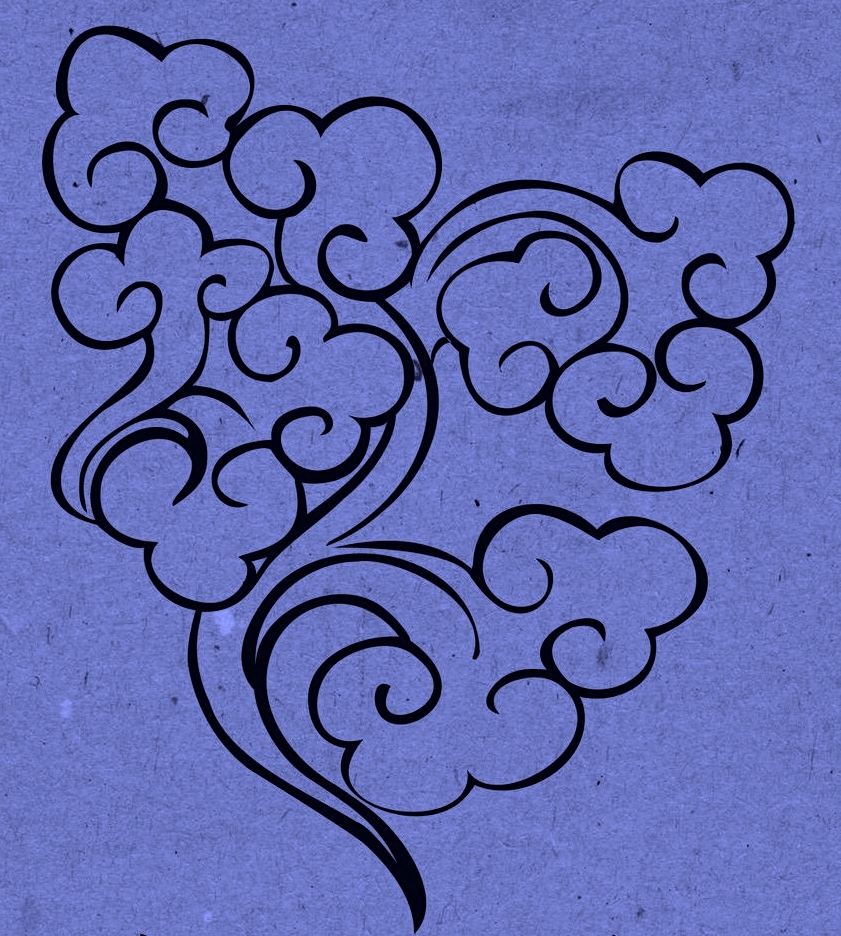Since mid-October the Ministry for the Propagation of Virtue and the Prevention of Vice (PVPV) has held meetings with journalists in one province after another. They informed media workers that a ban on taking and publishing images of living things – namely people and animals – from a recent “vice and virtue” law would be gradually implemented.
Television was completely banned under the Taliban’s previous stint in power from 1996 to 2001, but a similar edict had not been imposed since they ousted the Western-backed government three years ago.
But journalists expressed concern over the possibility of a full crackdown, which would make Afghanistan the only Muslim-majority country to impose such bans. “I have a very bad feeling about it – taking photos and images is an inseparable part of journalism,” a journalist in central Daikundi province told AFP, asking not to be named for fear of repercussions. “Besides that, with the full implementation of this rule, many people working in the media will lose their jobs,” he added.
“It seems the supreme leader (Hibatullah Akhundzada) and his allies in Kandahar want to apply the Taliban policy of the '90s, when images of living beings were forbidden,” South Asia Desk head for Reporters Without Borders (RSF), Celia Mercier, told AFP. But “some Taliban officials seem to not necessarily agree with these new restrictions”, she said. “And imposing more restrictions may lead to discontent among the population already affected by the ban on school for young girls, women’s rights and many other measures.”
An organiser of a gathering in northern Badakhshan to honour the recently killed Palestinian Hamas chief told AFP the event was cancelled in part because PVPV officials had objected to Yahya Sinwar’s image on a poster.
More recently in August, the Kandahar branch of state-run news programme RTA stopped broadcasting provincial news after the new law was announced, according to an RSF report published Thursday. Major Afghan broadcaster Tolo News continues to show people and animals, as does the national broadcast of RTA.
While Mercier warned there was “a real fear there will one day be a total ban in the country”, she noted that times have changed since the Taliban’s first rule, with smartphones and TVs now ubiquitous. “What is quite paradoxical is that we see the Taliban leaders using audiovisual media to communicate and promote themselves,” she said.


The Taliban/Islamic Emirate of Afghanistan’s flag doesn’t have wheat, it has only calligraphy: